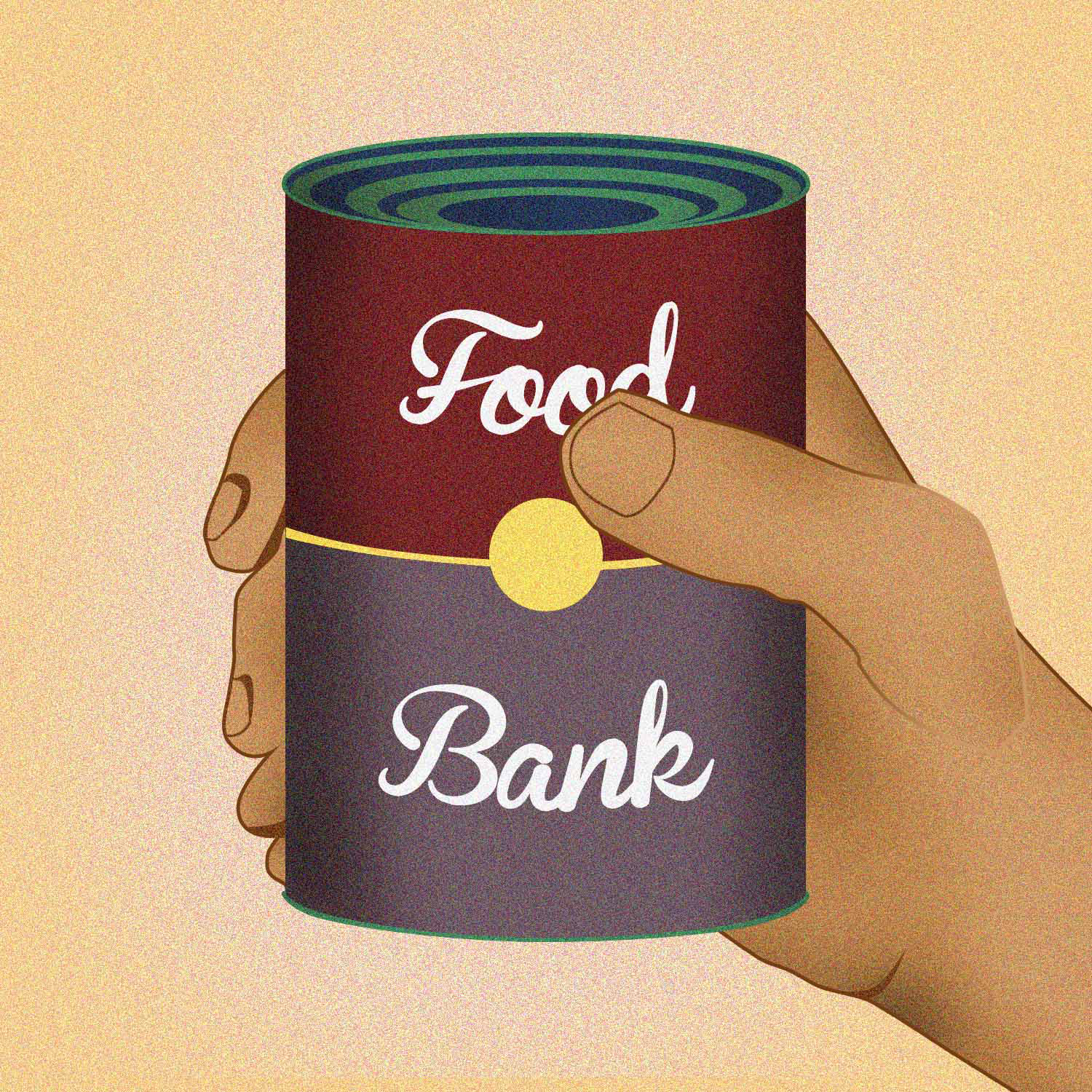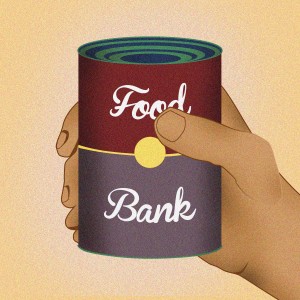Nutritious donations encouraged

Collection centres urge people to donate healthy foods that will contribute to a balanced diet

As the winter months approach, food bank collection centres are urging people to focus on providing nutritional donations over junk food and treats.
The Food Bank of Waterloo Region, located at 50 Alpine Court in Kitchener, supports hot meal programs, shelters and residential programs in the community. For them, the quality of the donations they receive are as crucial as ever.
“If you think about Canada’s Food Guide, most food banks are looking for donations in each of the food groups so that ultimately they are able to deliver a nutritious, balanced, food hamper or community meal for a food program at the residential program that is being served,” said Ruth Friendship-Keller, the manager of community partnerships at The Food Bank of Waterloo Region.
Their website indicates their most needed items at the moment are peanut butter, beans, canned fish, canned fruit, cold cereal and canned pasta.
“We are very grateful for every donation that we receive,” Friendship-Keller continued. “And as I mentioned, we are very fortunate. We get donations from food industry supporters so that we have milk coming in from dairy farmers of Ontario, we have eggs from egg producers, we have frozen meat coming in from partners like Maple Leaf Foods, Pillars sausages and during the growing season, the local farmers are giving us fresh product. We have no complaints about donations that are coming in.”
With children and infants making up a big portion of recipients of food bank items or related food programs, milk, formula and nutritious snacks are always in high demand.
One of these programs is Nutrition for Learning, dedicated to providing healthy meals to students in Waterloo with their breakfast, lunch and healthy snack programs.
According to Brian Banks, community development officer at Nutrition for Learning, their most beneficial donations are “healthy items like whole grain Cheerios, whole grain Rice Crispies or Shreddies versus the candy cereals. Healthy granola bars, apples, fresh fruits and vegetables, whole grain crackers or whole grain frozen pancakes and bread.”
The program’s mission is to provide students with nutritious resources to encourage and maintain their concentration at school.
“Who benefits are the students and the teachers by a classroom filled with focused and attentive students,” said Banks. “The community and school as well, because it puts everyone on an even platform for learning.”
Banks advised people to share the most wholesome option they would like to eat if they had only one chance to eat.
Marillac Place is another program assisted by the The Food Bank of Waterloo Region. It is an emergency shelter for women ages 16-25 who are pregnant, who have a child or who are trying to regain care for their child.
“The big, most in-demand thing is the homo milk that we get on a weekly basis from the food bank,” said Julie Hause, fundraising manager at Marillac Place. “This is highly in demand, of course, because of the babies. We do get the odd cans of formula and stuff like that. The one other thing the food bank provides us with is dairy products which is excellent.”
With their lengthy accommodation of 12 months, The Food Bank of Waterloo Region’s support to Marillac Place is crucial.
“Because of our situation with public health and again because of the age of the children, we aren’t allowed to have any nitrates or anything like that,” said Hause. “So any processed meat, we can’t accept. But any type of snacking, granola bars, stuff like that we can accept from the food bank.”
Since the possibility of keeping a stock of fresh foods like milk and produce is difficult, people are encouraged to consider a cash donation to the food bank.
“It costs money to keep trucks on the road and the enormous fridge and freezer that we have here running,” said Friendship-Keller. “Financial donations are used so that we can pick up large corporate donations of perishable as well as the non-perishable food donated by the community. We are very fortunate because of the great support we have that we don’t have to purchase very much food. But if we are short on one of the key items we will use it to purchase to fill in gaps.”
As the winter months draw to a close, people are encouraged to be more mindful of their community.
“A simple rule is to think of what you would want to receive if you were experiencing some very difficult circumstances and you weren’t able to purchase your own food,” said Friendship-Keller.


